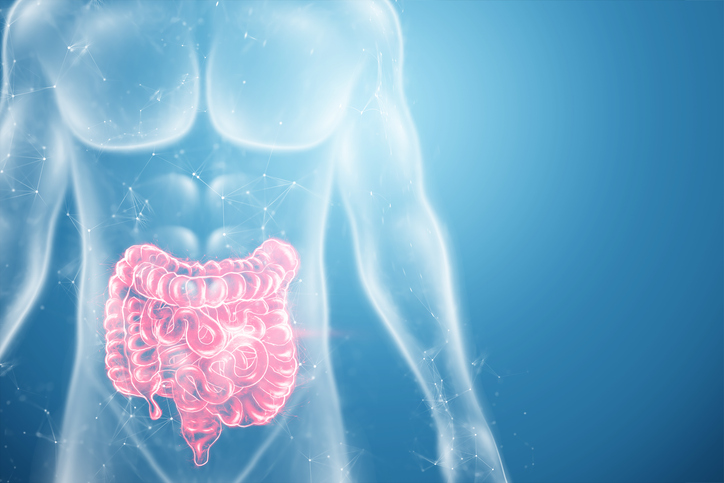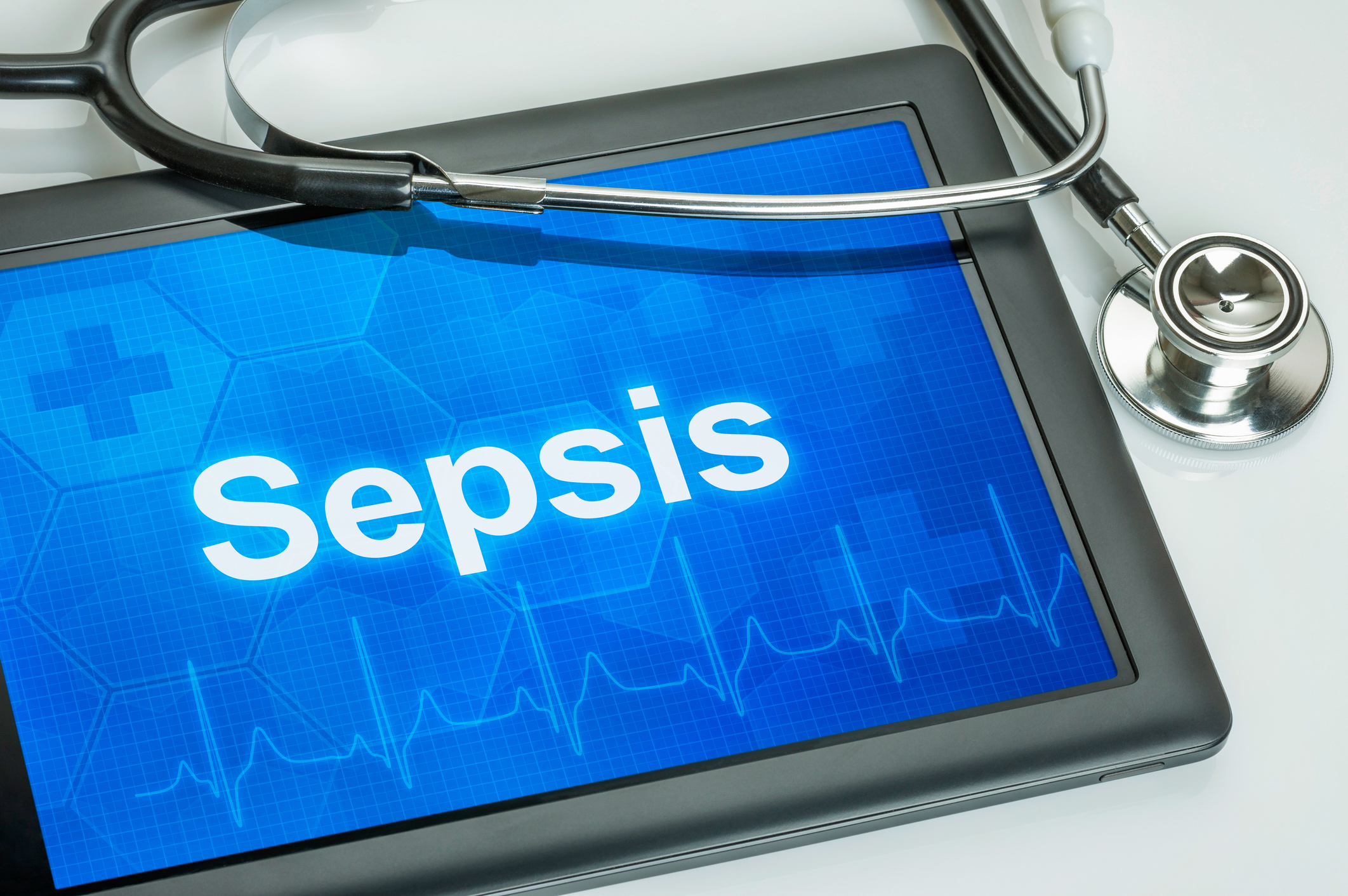Press reviews
2024-07-24
The beneficial effects of Vitamin D supplementation in women with polycystic ovary syndrome
Allergology and Immunology Gynecology
In conclusion, vitamin D supplementation has beneficial effects on metabolic parameters in women with PCOS, particularly in women who are obese or have insulin resistance. These results suggest that vitamin D supplementation could be an effective strategy for improving metabolic abnormalities in this specific population.


2024-07-22
Consumption of sugary drinks promotes chronic back pain
Endocrinology and metabolism Rhumatology

2024-07-17
Endocrinology and metabolism
- An increase in IMF in the arms was associated with an increased risk of non-CVD mortality, whereas an increase in IMF in the trunk or legs was not significantly associated with CVD or non-CVD mortality.
- An increase in MMI in the arms was associated with a reduced risk of CVD and non-CVD mortality
- A significant interaction between smoking status and FMI in the arms on non-CVD mortality was observed. In current or former smokers, a higher IMF in the arms was associated with a higher risk of non-CVD mortality, but this association was not found in non-smokers.

2024-07-16
High levels of HDL cholesterol reduce the risk of developing low back pain
Endocrinology and metabolism
This two-sample MR study used data extracted from the public database of the Integrative Epidemiology Unit of the MRC (Medical Research Council). The authors selected three single-nucleotide polymorphisms (SNPs) associated with lipid levels (HDL-C, LDL-C and TG) and two SNPs associated with risk of low back pain (LBP and back pain). These SNPs were used as genetic instrumental variables.
Statistical analyses were performed using several methods, including inverse-variance weighted (IVW), weighted median, MR-Egger, robust adjusted profile score (MR-RAPS) and MR-PRESSO, to examine potential causal associations between lipid levels and risk of LBP.
In conclusion, this study provides important evidence on the role of HDL-C levels in reducing the risk of low back pain, while highlighting the absence of a causal association with LDL-C and TG levels. These results contribute to a better understanding of the metabolic factors involved in low back pain and open up prospects for prevention strategies based on lipid management.

2024-07-15
The mediating role of depression in Gastroesophageal Reflux Disease (GERD) and migraine
Neurology Psychiatry
The main methods used included the inverse variance weighted (IVW) method, as well as sensitivity methods such as MR-Egger, weighted median and leave-one-out analysis. Heterogeneity and pleiotropy were assessed to ensure the reliability of the results.
The two-way RM analysis revealed a positive causal effect of GERD on migraine, indicating that people with GERD have an increased risk of developing migraines. In contrast, migraine does not increase the risk of GERD. Multivariable MR analysis confirmed that the positive causal effect of GERD on migraine persisted after adjustment for confounders. The MR mediation analysis revealed that depression mediated 28.72% of the effect of GERD on migraine, highlighting the importance of depression as an intermediary factor in this relationship.
The results of this study clarified the positive causal effect of GERD on migraine risk, while highlighting the significant mediating role of depression. This suggests that effective management of GERD, particularly through interventions targeting depression, could help prevent migraine. These findings have important clinical implications, indicating that treatments aimed at controlling GERD and reducing depression could reduce the prevalence and severity of migraines.
The authors call for future research to further explore the specific pathophysiological mechanisms by which GERD influences migraine risk. Such studies could facilitate the development of more effective pharmacological targets or disease management strategies to reduce the impact of GERD and migraine on patients' quality of life.

2024-07-10
Gastroenterology and Hepatology
Intestinal phages influence human health by modulating the bacterial communities of the microbiota. Successful engraftment of donor phages correlates with the efficacy of FMT treatment. However, the effect of FMT on recipient phage populations and, consequently, on the gut environment is not yet well understood.
This study investigated the effects of FMT on the phagome composition of participants in the Gut Bugs Trial (GBT), a double-blind, randomised, placebo-controlled clinical trial evaluating the efficacy of FMT in the treatment of obesity and co-morbidities in adolescents.
Stool samples were taken from donors at the time of treatment and from recipients at four different times (at the start of the study, and at 6 weeks, 12 weeks, and 26 weeks post-intervention). These samples underwent shotgun metagenomic sequencing. Phage sequences were identified and characterised in silico to examine evidence of phage engraftment and to assess the extent of FMT-induced changes in recipient phagome composition. Donor phages engrafted stably in recipients after FMT, constituting a significant proportion of their phagome throughout the study (33.8% ± 1.2% in females and 33.9% ± 3.7% in males). Phage engraftment varied between donors and its efficacy was positively correlated with the alpha diversity of the donor phagome. FMT induced a shift in recipient phagome towards donor composition and increased phagome alpha diversity and variability over time..
FMT significantly modified the phage populations and, more generally, the microbial populations of the recipients. The increase in microbial diversity and variability is consistent with a change in microbial population dynamics. These results suggest that phages play a critical role in modulating the gut environment and open up new avenues for understanding the effectiveness of FMT in modifying the recipient microbiome. The results of this study are important for the development of new therapeutic approaches based on the modulation of the intestinal microbiome by phages. They also highlight the need to further explore the role of phages in the success of FMT treatments and other microbiome-related interventions.

2024-07-09
Effects of magnesium supplementation on muscle pain after different types of physical activity
Physical Medicine and Rehabilitation
This systematic review showed the effects of magnesium supplementation on muscle pain in physically active individuals. The study focused exclusively on MgS (MagnesiumSupplementation), excluding studies in which magnesium was administered with other substances. The aim was to determine the optimal type, timing and dosage of MgS to reduce muscle soreness and improve muscle recovery and performance.
The four studies selected showed that magnesium supplementation reduced muscle pain, improved performance and recovery, and had a protective effect against muscle damage. The results suggested that magnesium supplementation of 10-20% above the needs of sedentary people was necessary for individuals practising intense exercise.
In conclusion, magnesium supplementation is beneficial for individuals involved in intense physical activity. It helps to reduce muscle soreness, improve performance and recovery, and protect muscles from damage. To achieve these positive effects, it is essential to increase magnesium intake before training and to maintain adequate magnesium levels throughout the year, including during periods of rest.
These results are important for sportspeople and healthcare professionals seeking to optimise performance and muscle recovery through magnesium supplementation. They highlight the need for appropriate dosage and precise timing to maximise the benefits of MgS in the context of intense physical activity.

2024-07-08
Cases of Alopecia Aerata following vaccination against Covid-19
Dermatology and Venereology
The aim of this study was to review the literature on cases of AA following vaccination against COVID-19 in order to provide an overview of the available data.
The systematic review was conducted by searching for articles on AA after COVID-19 vaccination in international databases such as Embase, MEDLINE, PubMed, Web of Knowledge and Ovid, covering the period December 2019 to December 2023. Included studies were required to provide data on patients who developed AA after at least one dose of COVID-19 vaccine. Information collected included gender, age, country/region of origin, vaccine type, time from vaccination to symptom onset, clinical manifestations of AA, trichoscopy and histopathology findings, treatments and outcomes.
Of a total of 579 studies reviewed, 25 articles involving 51 patients were included in the review. Of these patients, 27 (52.9%) developed new AA after receiving the COVID-19 vaccine, while 24 (47.1%) patients with pre-existing AA had a recurrence or exacerbation after vaccination. Five vaccines were associated with cases of AA, with Pfizer vaccine accounting for the highest percentage of cases (45.1%), followed by ChAdOx1 nCoV-19 vaccine (27.5%), Moderna mRNA-1273 (19.6%), Sinopharm (3.9%) and SinoVac (3.9%).
Cases of AA occurred mainly in the month following the first dose of vaccine, then the incidence gradually decreased over time. With regard to treatment, 38 patients were treated with topical or systemic corticosteroids. Eleven patients received Janus Kinase inhibitors (jakinib), eight with tofacitinib and three with an unspecified jakinib. However, three of the eleven patients treated with jakinibs experienced post-treatment exacerbations.
AA after vaccination against COVID-19 is a rare but significant phenomenon. Physicians need to be aware of this possibility to enable early diagnosis and appropriate treatment. This review highlights the need for increased vigilance and early recognition of symptoms of post-vaccination AA in order to effectively manage this potential complication.

2024-07-04
Infectiology

To conclude, vitamin D supplementation represents a potentially effective, cost-effective and accessible intervention for improving the mental health of adolescents, particularly in low- and middle-income countries where micronutrient deficiencies are common.

2024-07-01
Physical Medicine and Rehabilitation


2024-06-26
Prebiotics alone are not enough to treat non-alcoholic fatty liver disease
Gastroenterology and Hepatology

2024-06-24
Rhumatology
